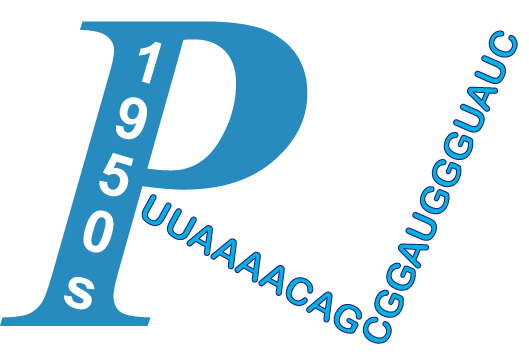| Title | Within-host rhinovirus evolution in upper and lower respiratory tract highlights capsid variability and mutation-independent compartmentalization. | ||
| Author | Makhsous, Negar; Goya, Stephanie; Avendano, Carlos C; Rupp, Jason; Kuypers, Jane; Jerome, Keith R; Boeckh, Michael; Waghmare, Alpana; Greninger, Alexander L | ||
| Journal | J Infect Dis | Publication Year/Month | 2023-Jul |
| PMID | 37486790 | PMCID | -N/A- |
| Affiliation + expend | 1.Department of Laboratory Medicine and Pathology, University of Washington, Seattle, 98102, USA. | ||
BACKGROUND: Rhinovirus (RV) infections can progress from the upper (URT) to lower (LRT) respiratory tract in immunocompromised individuals, causing high rates of fatal pneumonia. Little is known about how RV evolves within hosts during infection. METHODS: We sequenced RV complete genomes from 12 hematopoietic cell transplant patients with infection for up to 190 days from both URT (nasal wash, NW) and LRT (bronchoalveolar lavage, BAL). Metagenomic (mNGS) and amplicon NGS were used to track the emergence and evolution of intra-host single nucleotide variants (iSNVs). RESULTS: Identical RV intra-host populations in matched NW and BAL specimens indicated no genetic adaptation is required for RV to progress from URT to LRT. Coding iSNVs were 2.3-fold more prevalent in capsid over non-structural genes. iSNVs modeled were significantly more likely to be found in capsid surface capsid residues, but were not preferentially located in known RV neutralizing antibody epitopes. Newly emergent, genotype-matched iSNV haplotypes from immunocompromised individuals from 2008-2010 could be detected in Seattle-area community RV sequences from 2020-2021. CONCLUSION: RV infections in immunocompromised hosts can progress from URT to LRT with no specific evolutionary requirement. Capsid proteins carry the highest variability and emergent mutations can be detected in other, including future, RV sequences.
